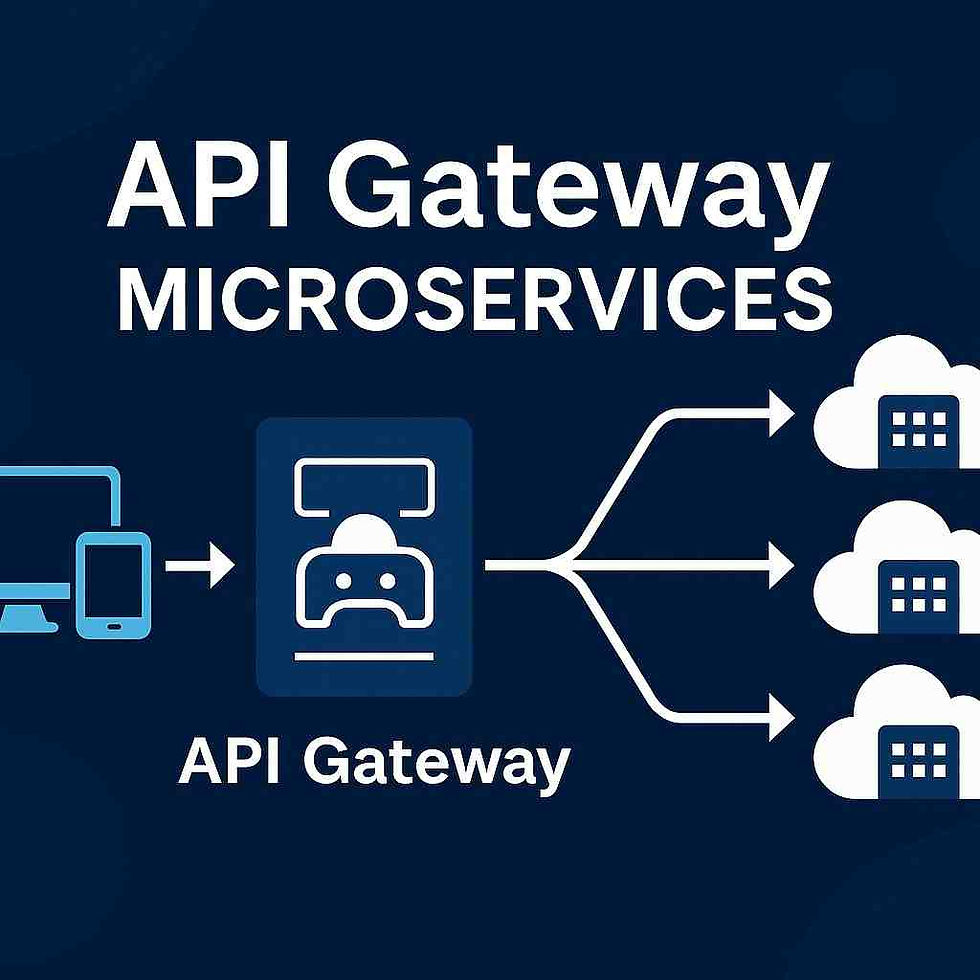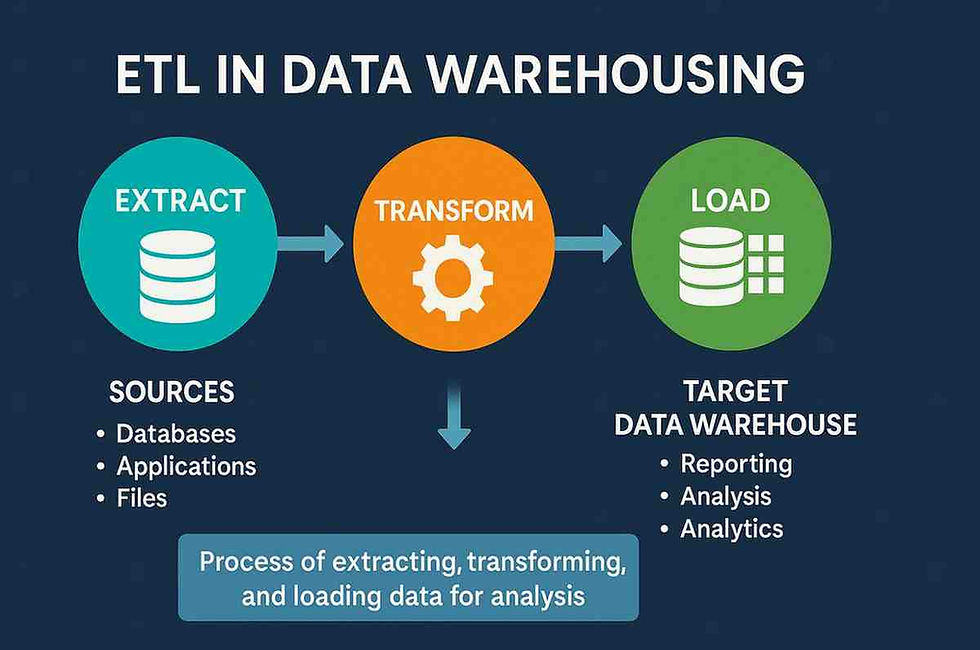Your Comprehensive Guide to Continuous API Testing
- Gunashree RS
- Dec 26, 2024
- 5 min read
Introduction
In the fast-paced world of modern software development, delivering reliable and robust APIs is paramount. APIs are the backbone of communication between different software systems, enabling seamless integration and functionality. Continuous API testing has emerged as a game-changer, ensuring APIs meet quality standards throughout the development lifecycle. In this guide, we’ll dive deep into the concept of continuous API testing, its importance, benefits, methodologies, and how it revolutionizes software delivery.
What Is Continuous API Testing?
Continuous API testing refers to the process of automatically and consistently performing API tests throughout the development lifecycle. This practice is integral to CI/CD pipelines, ensuring that APIs are functional, secure, and performant even as code changes are introduced. Unlike traditional testing, which is often performed after development, continuous testing is proactive and integrates seamlessly into the development process.

Why Is Continuous API Testing Important?
Modern applications rely heavily on APIs to connect microservices, third-party tools, and internal systems. As APIs become more critical, the risks of errors, security vulnerabilities, and performance bottlenecks increase. Continuous API testing addresses these concerns by:
Ensuring Reliability: Detecting issues early in development reduces the chances of bugs in production.
Enhancing Security: Identifying vulnerabilities protects sensitive data and ensures compliance.
Boosting Performance: Regular testing identifies and resolves bottlenecks, maintaining high-speed interactions.
Supporting Agile Development: Promoting faster releases with fewer disruptions.
Key Benefits of Continuous API Testing
Early Bug Detection: Catching issues in the initial stages minimizes the cost and time required for fixes.
Improved Collaboration: Integrating testing into CI/CD pipelines fosters better communication between developers, testers, and operations teams.
Enhanced Test Coverage: Automated and continuous testing provides comprehensive coverage, reducing missed scenarios.
Scalability: Continuous testing adapts to growing applications, ensuring APIs remain robust under increasing loads.
Faster Time-to-Market: Rapid testing cycles enable quicker releases without compromising quality.
The Process of Continuous API Testing
Planning: Define the scope, objectives, and success criteria for API testing.
Integration: Embed testing tools into CI/CD pipelines for seamless execution.
Automation: Leverage automation frameworks to execute tests continuously.
Monitoring: Track performance and errors in real-time for immediate resolution.
Feedback Loop: Use insights from tests to improve APIs iteratively.
Types of API Testing
Functional Testing: Verifies that APIs work as intended and meet specified requirements.
Performance Testing: Measures the speed, scalability, and reliability of APIs under different conditions.
Security Testing: Identifies vulnerabilities and ensures APIs comply with security standards.
Load Testing: Assesses how APIs handle a large volume of requests over time.
Integration Testing: Ensures APIs interact seamlessly with other systems or services.
Best Practices for Continuous API Testing
Adopt a Shift-Left Approach: Begin testing in the early stages of development to identify issues sooner.
Use Reliable Automation Tools: Choose tools that support your technology stack and testing needs.
Test Across Multiple Scenarios: Cover edge cases, expected inputs, and invalid data to ensure robustness.
Incorporate Real-Time Monitoring: Continuously monitor APIs in production environments to detect anomalies.
Prioritize Security: Use tools like OWASP ZAP or Burp Suite to test for vulnerabilities.
Top Tools for Continuous API Testing
Postman: A user-friendly platform for API development, testing, and monitoring.
Swagger/OpenAPI: Provides comprehensive tools for API documentation and testing.
SoapUI: Specializes in functional, performance, and security testing for SOAP and REST APIs.
JMeter: Ideal for load and performance testing of APIs.
ReadyAPI: A suite designed for end-to-end API testing, including functional and security tests.
Challenges in Implementing Continuous API Testing
Complex APIs: Testing intricate APIs requires significant time and expertise.
Tool Integration: Aligning testing tools with CI/CD pipelines can be challenging.
Resource Constraints: Limited time and budget may hinder comprehensive testing.
Maintaining Test Scripts: Continuous updates to APIs necessitate frequent adjustments to test scripts.
How Continuous API Testing Supports DevOps
Continuous API testing aligns perfectly with DevOps principles by facilitating faster and more reliable deployments. Through automated testing, teams can integrate code confidently, reduce errors, and ensure seamless collaboration across development and operations.
Continuous API Testing vs. Traditional API Testing
Aspect | Continuous API Testing | Traditional API Testing |
Timing | Throughout development | After development |
Automation | Highly automated | Limited automation |
Speed | Fast feedback loop | Slower testing process |
Adaptability | Suitable for agile methods | More suited to the waterfall |
Real-World Applications of Continuous API Testing
E-commerce Platforms: Ensuring APIs handle high traffic and transactions securely.
Banking Systems: Validating secure and efficient data exchange between services.
Healthcare Applications: Guaranteeing HIPAA-compliant data transmissions.
Social Media Apps: Ensuring seamless integration with third-party platforms.
Monitoring API Performance in Real-Time
Real-time performance monitoring involves tracking API latency, error rates, and throughput. Tools like New Relic and Dynatrace provide insights that help maintain optimal performance even in dynamic production environments.
How to Automate Continuous API Testing
Select the Right Tools: Choose automation tools that fit your testing requirements.
Create Test Suites: Group test cases for efficient execution.
Schedule Regular Tests: Automate test execution during code integrations.
Analyze Results: Use dashboards to identify trends and anomalies.

Future Trends in Continuous API Testing
AI-Powered Testing: Leveraging AI to optimize test case generation and execution.
Enhanced Security Protocols: Focus on zero-trust security testing.
Integration with IoT: Testing APIs for IoT devices to ensure interoperability.
Greater Adoption of Open Standards: Promoting OpenAPI for documentation and testing.
Conclusion
Continuous API testing is an essential practice for ensuring high-quality, secure, and performant APIs in today’s software landscape. By integrating testing into CI/CD pipelines, organizations can deliver reliable applications faster and adapt to the evolving demands of digital transformation.
FAQs
What is Continuous API Testing?
It is the practice of testing APIs automatically throughout the development lifecycle to ensure quality and performance.
Why is Continuous API Testing important for DevOps?
It aligns with DevOps principles by enabling faster, more reliable deployments and reducing production issues.
What tools are best for Continuous API Testing?
Popular tools include Postman, SoapUI, JMeter, and Swagger.
How does Continuous API Testing improve security?
By detecting vulnerabilities early, it prevents potential breaches and ensures compliance with security standards.
Can Continuous API Testing be automated?
Yes, automation is a core component of continuous API testing, using tools and frameworks.
What is the difference between Continuous and Traditional API Testing?Continuous testing is integrated and automated throughout development, while traditional testing is performed post-development.
How do you measure API performance?
Use metrics like response time, error rate, and throughput, monitored with tools like Dynatrace.
What industries benefit from Continuous API Testing?
E-commerce, healthcare, finance, and social media platforms are prominent beneficiaries.
Key Takeaways
Continuous API testing is vital for ensuring API reliability, security, and performance.
Automated testing tools streamline testing processes and enhance coverage.
Integrating continuous API testing with DevOps fosters seamless development and deployment.
Real-time monitoring and feedback loops are essential for proactive improvements.
Future trends like AI-powered testing and IoT integration will shape the API testing landscape.




Comments